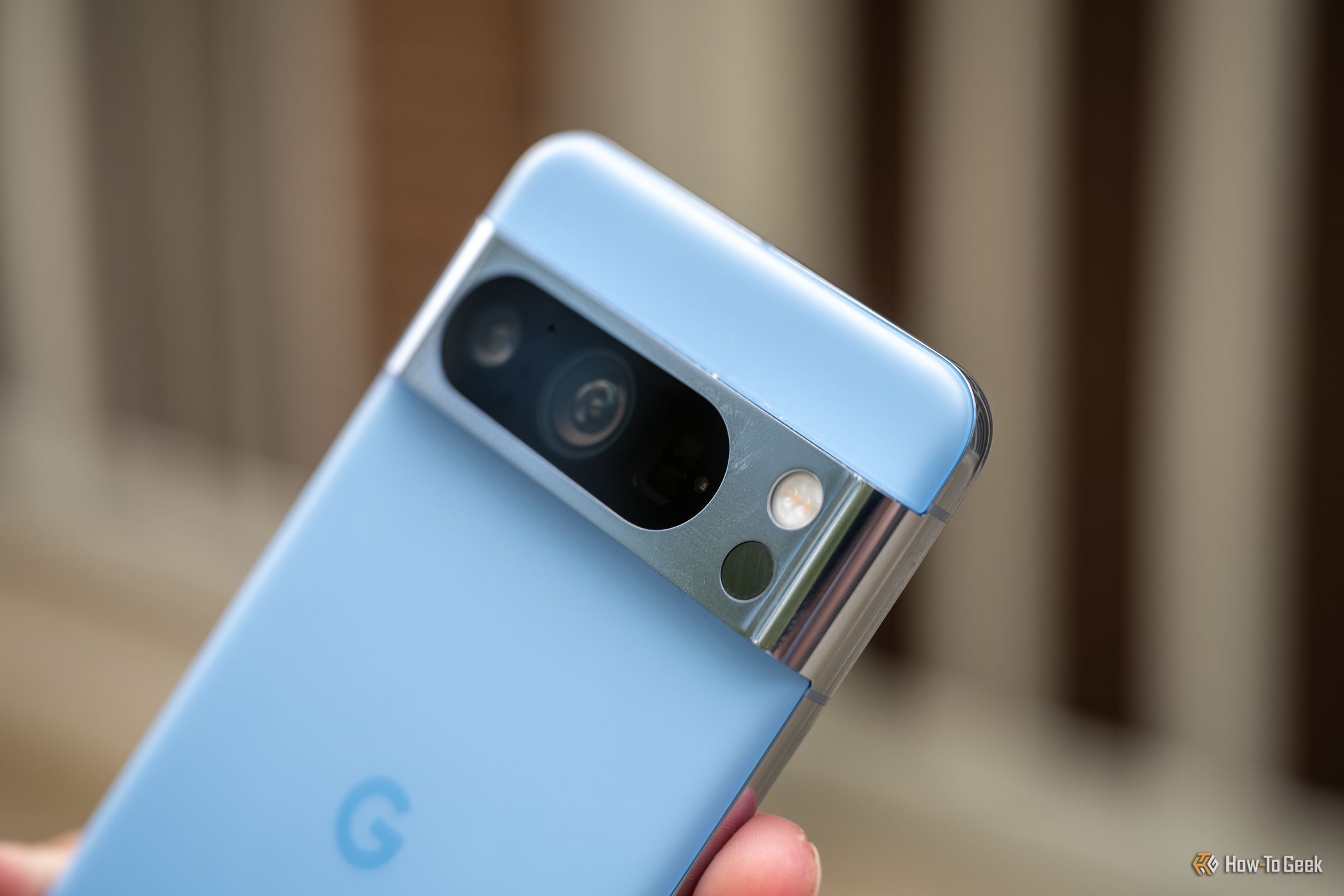We’ve known for a long time that Google’s strong suit in smartphones is the camera. Since the very first Google Pixel launched in 2016, the cameras have been (mostly) excellent compared to other smartphones, and while the other smartphone makers have attempted to catch up since, Pixels remain in a strong position. The Pixel 8 is no different, with notable camera improvements, but some issues related to camera processing are not sitting well with buyers.
The Pixel 8 Pro, Google’s most premium smartphone in the Pixel 8 range, seems to be struggling with a few issues related to software and camera processing. It struggles in high-contrast scenes due to misaligned tiles in dark areas, resulting in pixel blotches and processing artifacts. Furthermore, the camera also has issues with its full 50-megapixel mode: performance seems to slow down significantly when shooting at its full 50-megapixel resolution in raw format, making it less responsive compared to competitors like the iPhone 14 Pro. The phone’s raw files also appear bland and hazy in editing software like Adobe Lightroom, although this issue is expected to improve as software updates roll out.
Other issues include the fact that that same 50-megapixel mode suffers from high noise levels, obscuring details that are visible in 12-megapixel shots. Another problem occurs when shooting scenes with fine structures against a bright sky, where the phone adds colored patches resembling stained glass.
The Pixel 8 Pro has a bunch of hardware upgrades that are promising for photography enthusiasts — under ideal conditions, according to reviews, the phone boasts better light-gathering abilities than its predecessor and often captures more detail than Apple’s iPhones in good lighting conditions. But Google’s cameras have been known to rely a lot on software processing, so the fact that there are problems with that software processing is particularly problematic. The good part, however, is that Google is actually aware of a lot of these issues, and has fixed some of them — there used to be an issue where DNG raw images couldn’t be edited, and that was fixed by Google since. We should be getting software updates fixing other issues soon.
Source: CNET







